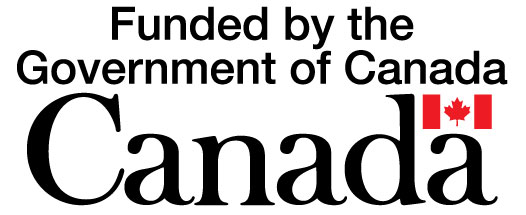Current Temperature
3.2°C
SMRID water allocation up 50 per cent from last season
Posted on April 10, 2025 by adminBy Cal Braid
Southern Alberta Newspapers
Local Journalism Initiative Reporter
After an April 2 annual general meeting, the St. Mary River Irrigation District’s (SMRID) board of directors announced a 50 per cent increase in allocation for the 2025 season. The rate is 50 per cent higher than what the District allocated at the beginning of last year’s growing season.
In 2024, the District initially set a conservative allocation of eight inches, but unexpected rains beginning in May allowed it to bump the allocation up to nine inches on June 28. The increase wasn’t necessary, as the average on-crop use across the district was calculated at six and three quarters inches. The season’s natural moisture promoted healthy crops and allowed SMRID to accumulate 110,000 acre-feet of storage for the 2025 growing season.
An SMRID news release said that every inch of allocation not used equates to approximately 54,000 acre-feet of storage.
“Our reservoirs look much better going into the new crop. Based on modelling, and storage and snowpack data, the board is confident that the 12-inch allocation for 2025 is responsible and is in line with environmental realities,” said George Lohues, chairman of the board of directors.
GM David Westwood said the board considers data and modelling provided by Alberta Environment and Protected Areas and Alberta Agriculture and Irrigation when setting the upcoming year’s allocation.
“Based on the reality of storage levels and the uncertainty of precipitation at the start of 2024, the board set the initial allocation at eight inches,” Westwood explained. “Throughout the season, water usage and demand decreased dramatically thanks to timely precipitation across the district. We are relieved to be off to a very different start than in 2024.”
The combined storage levels, which include SMRID’s internal reservoir storage and headworks storage, nearly doubled between 2024 and 2025.
“We are going to be busy again in 2025. We are pleased that four Alberta Irrigation Modernization (AIM) projects were substantially completed in 2023/2024 bringing the total AIM Program projects completed to 19 of the 30 modernization projects,” Westwood continued.
“These pipeline projects have translated to some impressive efficiency gains across the district. Modernizing our conveyance is providing tangible and material benefits to water management.”
The District has over 2,000 km of canals and pipelines, which span from Lethbridge to Medicine Hat and serve roughly 518,000 acres. The irrigated land within Alberta irrigation districts generates 28 per cent of Alberta’s total agri-food GDP.
Each year, irrigation-related activities in Alberta’s irrigation districts generate $5.4 billion to provincial GDP, $3.2 billion in labour income, and support about 46,000 full-time equivalent jobs, the news release said.
Leave a Reply
You must be logged in to post a comment.

